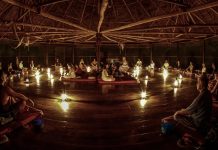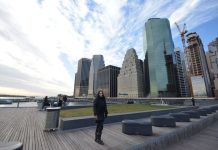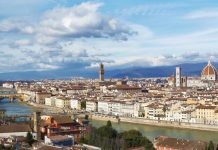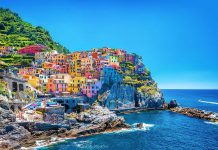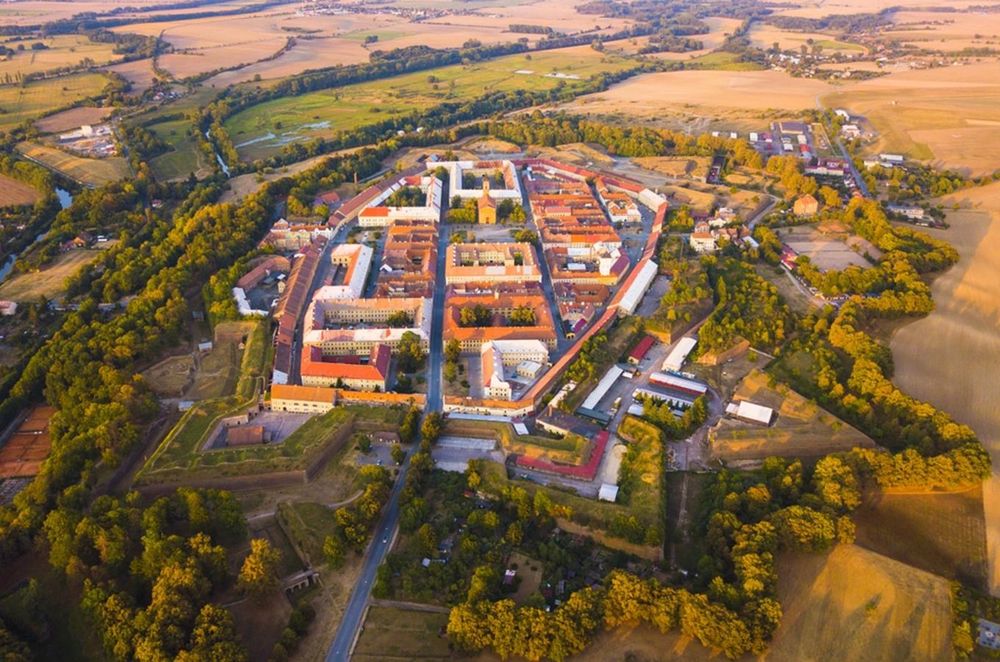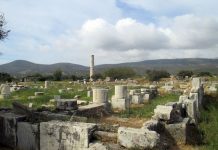The Jewish quarter is a small area known as Josefov between the Old Town Square and the Vltava River. Most of it can be walked through and around in a single day but any detailed explorations needs time. The Jewish cemetery, Old-new Synagogue, Klausen Synagogue and the Pinkas Synagogue are the most worthwhile sights. Be prepared for entrance admission at most of the sights ranging from 200CZK or just buy 500CZK full ticket allowing you see everything.
The history of the area dates back to the 11th Century. Though the Jews of this time prospered and coexisted in relative peace with their neighbours, the crusades of the 11th century were to bring a tidal wave of sorrow. While enroot to the Holy Land, the crusaders massacred the Czech Jews and plundered their properties. Those who survived were forcibly converted to Christianity. In this period, several significant changes were imposed on the remaining Jewish communities. Their synagogues were burned to the ground, their civil rights were severely limited and they were forced to build their community on the right bank of the Vltava only, thus limiting their movements and clearly identifying their minority group. This was the beginning of what later came to be known as the Jewish ghetto, an area which today is frequented by tourists.
Among the many atrocities through the centuries committed on the Jews that, of the Nazi era was to have the most devastating effect. At this time there were an estimated 56,000 Jews residing in Prague alone. Only 10% of the country’s entire Jewish population would survive the German occupation. Most were first sent to the prison camp of Terezin (60 km North West of Prague) which today stands as a memorial museum and is open to the public.
The size of the Jewish community left in the Czech Republic and Prague today is difficult to estimate. After having been one of the largest Jewish communities in Europe, they are now among the smallest. The history of the Czech Jews has been unique and tragic, leaving behind proof of their historical significance to this part of Europe, which can be experienced to this day. Since the collapse of Communism, the Synagogues of the old town seem to have been reawakened and new activity by the local Jewish community growing. Several Jewish organisations have been formed, buildings renovated and kosher restaurants reopened. A sign, we hope, of the comeback of a people.
Recommendation – avoid this quarter on Saturdays, because of the Sabbath on this day.

